|
Several species of animals have developed very specialized means of surviving in this harsh environment, enabling them to thrive in a place with very little surface water and highly mineralized ground water. In fact, the park is home to more than 800 different animal species, many of them nocturnal. Included in this number are species from all groups of the animal kingdom: mammals, reptiles, amphibians, birds, fish, and invertebrates.
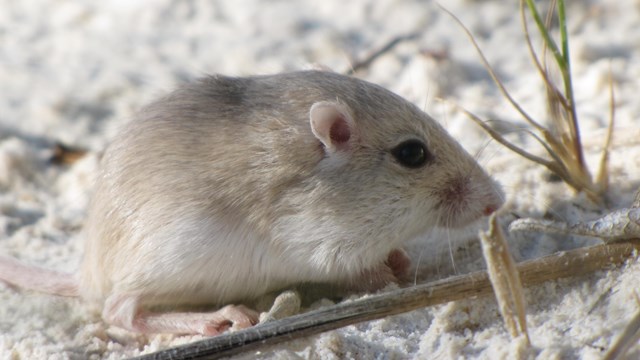
Mammals
Many species of mammals make their home in White Sands National Park. Learn about their unique behaviors and adaptations to survive. 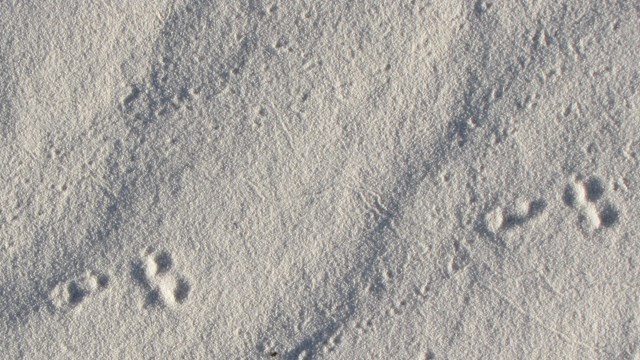
Wildlife Tracks
White Sands provides the perfect opportunity to discover wildlife tracks. Keep an eye out of tracks scattered throughout the dunes. 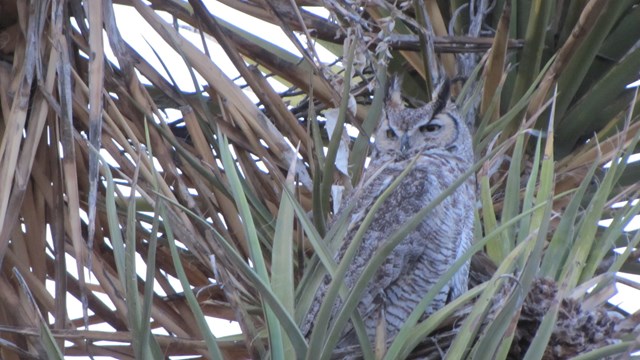
Birds
White Sands National Park has recorded over 220 recorded species of birds, including wrens, mockingbirds, raptors, and roadrunners. 
Amphibians
There are seven species of frogs and one species of salamander at White Sands National Park. Learn about these ecological sensitive species. 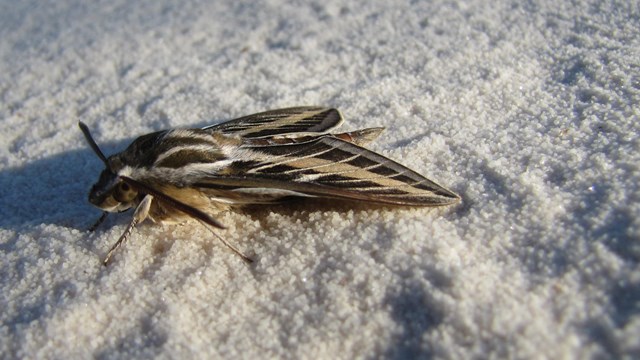
Invertebrates
By far, the largest group in the park is the invertebrates with over 600 different species, including endemic moths only found in the park. 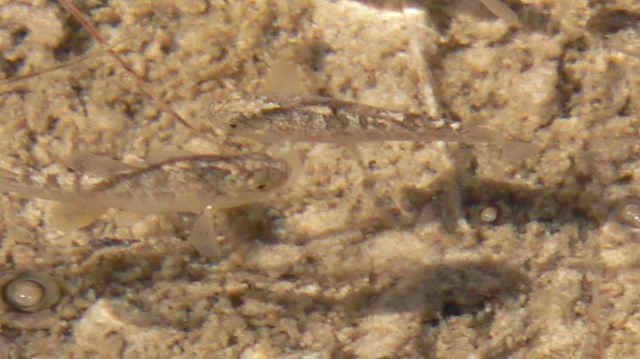
Fish
The White Sands pupfish is the only species of fish endemic to the Tularosa Basin, and it is the only fish found in White Sands. 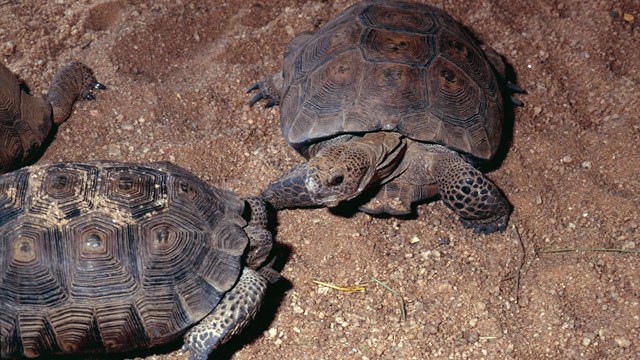
Reptiles
There are a large variety of reptiles living within the park including snakes, lizards and turtles. Learn about these fascinating reptiles. 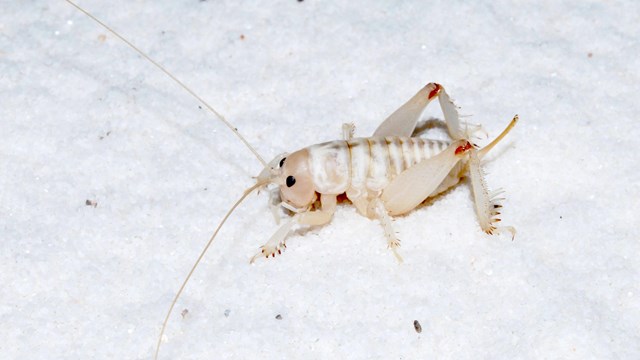
White Species
Learn about many of the white species of animals that have quickly evolved to match the white sand dunes of the park.
Check off the species that you see with a Mammal, Reptile, Amphibian, and Insect White Sands checklist or view the White Sands species list.
|
Last updated: August 21, 2023
